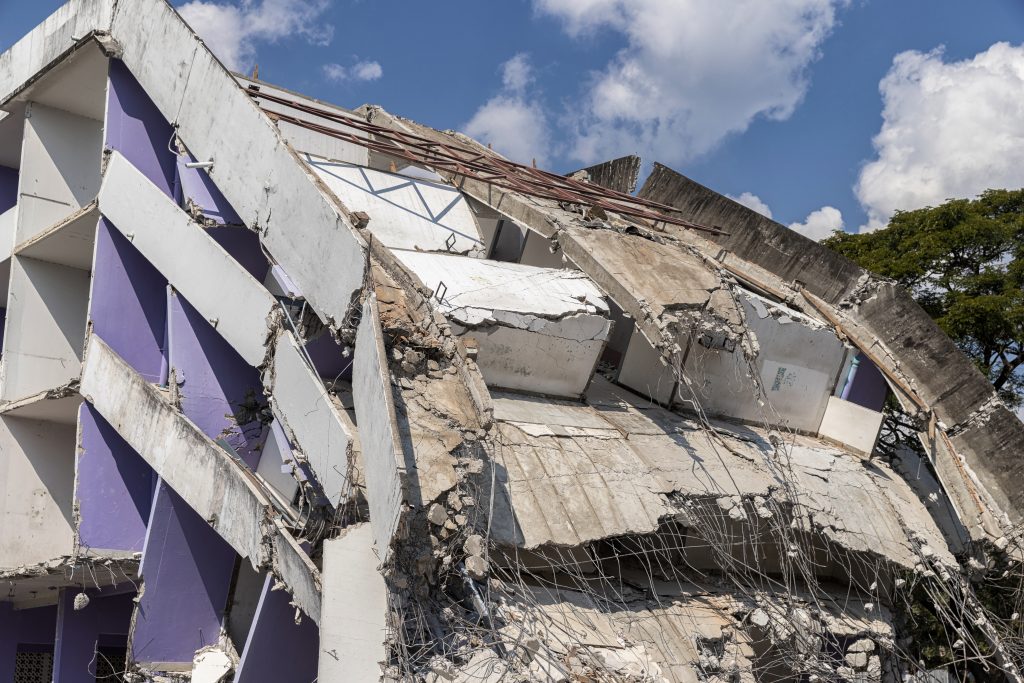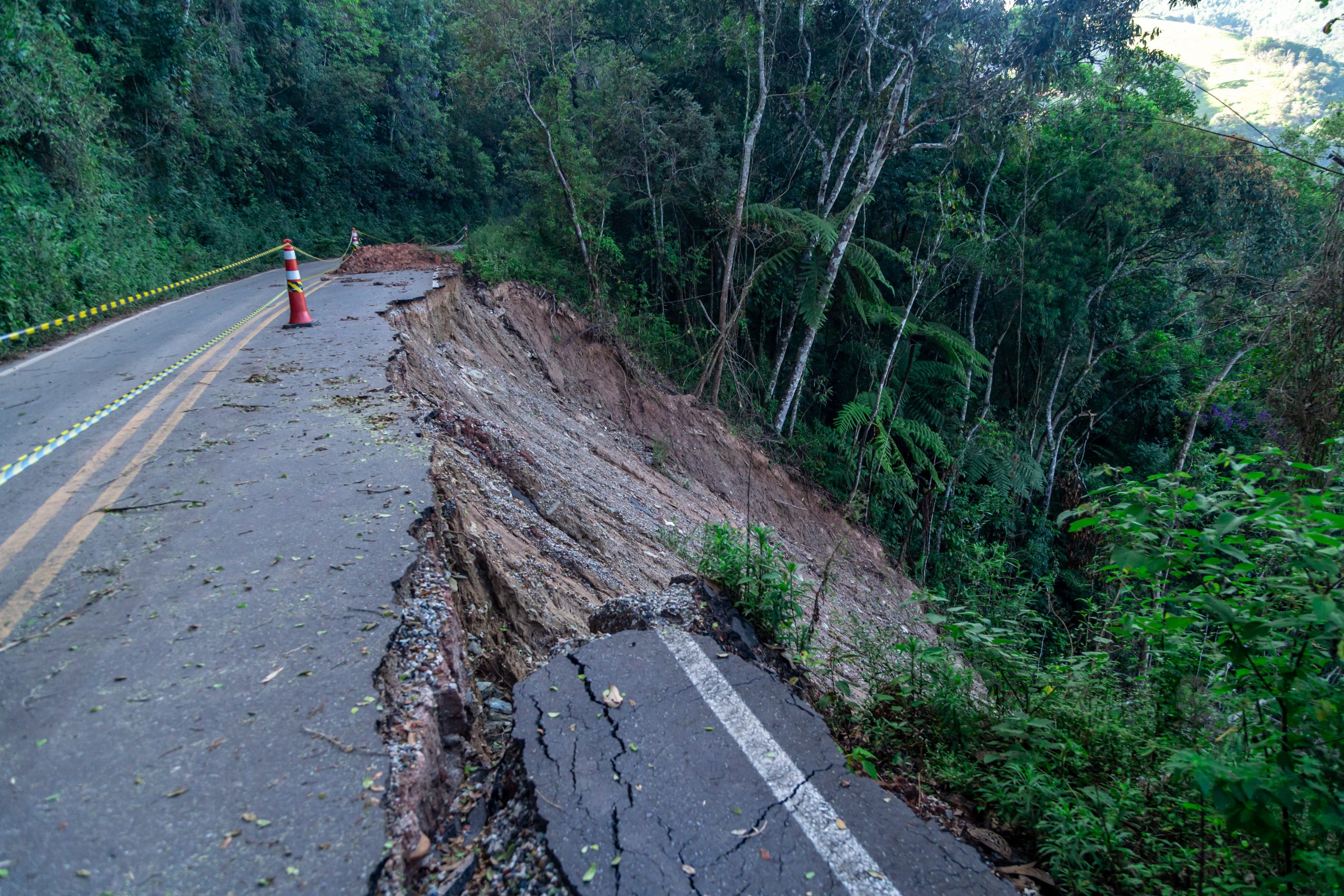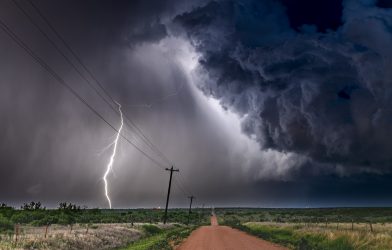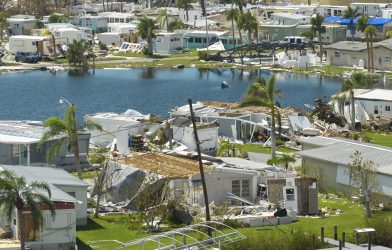Earthquakes are among nature’s most powerful and awe-inspiring events, capable of reshaping landscapes and altering lives in seconds. Understanding these trembling giants can help us better prepare for their sudden and often devastating impacts.
At the core of every earthquake is the movement of the Earth’s tectonic plates. These massive slabs of the Earth’s crust constantly move, albeit slowly. When they collide, pull apart, or grind against each other, stress builds up at their boundaries. This stress is eventually released in the form of seismic waves, causing the ground to shake – an event we recognize as an earthquake.
The largest recorded earthquake was the 1960 Valdivia earthquake in Chile, measuring a magnitude of 9.5. Earthquakes can occur anywhere in the world, but over 80% happen along the Pacific Ring of Fire, a path along the Pacific Ocean characterized by active volcanoes and frequent seismic activity.
Measuring Earthquakes and Their Impact
Understanding the strength and impact of earthquakes is crucial for response and preparedness. Scientists use two main scales: the Richter Scale, which measures the magnitude or the energy released, and the Modified Mercalli Intensity Scale, which measures the intensity or the observed effects and damage caused by the shaking, ranging from I (not felt) to XII (total destruction).
The effects of an earthquake can be far-reaching and catastrophic. Ground shaking is the primary effect, causing buildings, roads, and bridges to collapse. Surface rupture occurs when the ground on either side of a fault moves, creating visible cracks and displacements. Aftershocks, which are smaller tremors following the main quake, can cause additional damage to already weakened structures. Underwater earthquakes can trigger massive sea waves, or tsunamis, that inundate coastal areas. Additionally, earthquake-induced shaking can destabilize slopes, leading to landslides that can bury communities.
The 2011 Tōhoku earthquake in Japan caused a tsunami with waves up to 40.5 meters (133 feet) high and shifted the Earth’s axis by estimates of between 10 cm and 25 cm. Small earthquakes, often unnoticed by humans, occur nearly constantly around the world.

Preparing for and Staying Safe During Earthquakes
While we cannot prevent earthquakes, we can take steps to mitigate their impact and stay safe during their occurrence. Building codes ensure structures are built to withstand seismic activity. Emergency kits with essentials like water, food, first-aid supplies, and flashlights can be lifesaving. Regular earthquake drills and education on safety measures are crucial. Securing heavy furniture and appliances to walls can prevent injuries. Retrofitting involves strengthening existing buildings and infrastructure to better resist seismic forces.
During an earthquake, it is important to drop to your hands and knees, cover your head and neck, and hold on until the shaking stops. If you are inside, stay there, moving away from windows and outside walls. Find a safe spot under sturdy furniture like a table or desk, or against an interior wall away from windows.
Earthquakes are a reminder of the Earth’s dynamic and ever-changing nature. By understanding their causes, effects, and how to prepare, we can reduce their impact and protect our communities. Stay informed and prepared with bridges.tv for the latest updates and safety tips.














